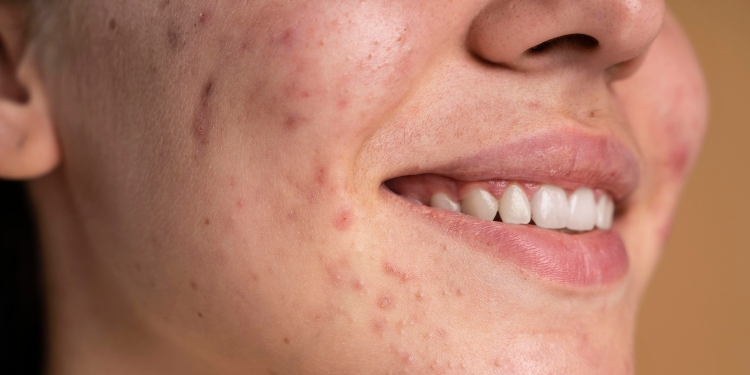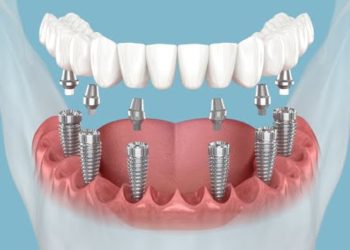Let’s have a chat about scars. We all bear them; they’re the tiny (or significant) marks chronicling our lives and adventures. While scars are a natural and expected aspect of healing, they’re not all the same.
Some are more conspicuous than others, and there’s a whole science behind why that happens. This isn’t just superficial—understanding scars delves into how our skin repairs itself, the reasons behind their varied appearances, and what we can do about them, including options like scar revision surgery.
The Healing Process: How Skin Repairs Itself
Imagine you get a cut. What happens next isn’t just your body patching things up at random. It’s a precise, four-step ballet that goes like this:
- Hemostasis: Initially, your body rushes to stop the bleeding through clotting. It’s akin to emergency responders at the scene of an accident.
- Inflammation: Subsequently, white blood cells surge into the area like a cleanup crew, fighting off germs and beginning the repair job.
- Proliferation: During this phase, the construction begins. New tissue, rich with collagen (the protein that gives our skin strength and structure), forms over the wound. However, this new tissue is somewhat of a rough draft compared to the original.
- Maturation: Finally, the new tissue settles in, gets stronger, and eventually forms what we see as a scar.
Each step is critical, and understanding them helps us figure out how scars form and why they look the way they do.
Factors That Influence Scar Appearance
Why do some of us get barely noticeable scars, while others have more prominent ones? Quite a bit depends on factors like:
- Genetics: Indeed, your family history plays a role. Some people are simply more prone to developing noticeable scars.
- Age: Younger skin generates a lot of collagen, so scars might be thicker and more prominent. Conversely, older skin takes things more slowly, resulting in thinner, less noticeable scars.
- Skin Type: Your skin tone can also affect your scar. Darker skin might see scars that are more pronounced or have different pigmentation.
- Injury Severity: The size or depth of the wound significantly affects scar development, with more extensive or profound wounds likely forming more dramatic scars.
- Location on the Body: Skin that moves a lot or is stretched frequently (think shoulders or knees) might scar more obviously.
Types of Scars: Understanding the Different Forms
Scars aren’t all the same. They come in different shapes and sizes:
- Hypertrophic Scars: These raised ones stay within the injury lines. They might diminish over time.
- Keloids: These scars are the overachievers; they grow beyond the wound and keep expanding.
- Atrophic Scars: These indentations in the skin are often the result of conditions like acne or chickenpox, where the skin fails to regenerate enough tissue.
- Contracture Scars: Usually resulting from burns, these scars pull the skin tight, potentially hindering movement depending on their location.
Understanding these types helps in recognising what kind of scar one might have and discussing treatment options more accurately with healthcare providers.
How to Minimise Scarring: Treatment and Prevention
If you’re looking to minimise the visibility of scars, there’s plenty you can do:
- Proper Wound Care: Clean and cover wounds to fend off germs and keep them moist. This environment aids skin healing with fewer complications.
- Silicone Sheets and Gels: These products can help smooth out raised scars and make them less noticeable.
- Massage Therapy: Massaging a scar can break down the thick tissue and help it blend in better.
- Advanced Treatments: Options like laser therapy, steroid injections, and scar revision surgery are available for those looking to significantly reduce the visibility of scars. These methods can significantly improve skin texture and give a more natural appearance.
Embracing Our Scars
Beyond just understanding and treating scars, there’s something to be said for embracing them. Each scar tells a story—whether it’s a scraped knee from a childhood adventure, a surgical mark from a life-saving procedure, or just the random happenstances of daily life. Scars testify to our resilience and body’s capacity to heal and adapt.
Moreover, embracing our scars can shift our perspective from seeing them as imperfections to seeing them as symbols of survival and growth. This change in perception is not only beneficial for our mental health but can also influence how we interact with others who might be struggling with their scars. By celebrating these marks, we foster a more compassionate community that values personal stories and the beauty found in human resilience.
Conclusion
Scarring is a perfectly normal part of healing, and how our scars look can vary tremendously. It’s fascinating to see how our bodies recover and adapt. If you’re concerned about scars, remember there are numerous ways to treat and manage them. But also, each scar tells a story of a moment lived, and that’s something to embrace. By understanding the science behind scarring, we can better appreciate these marks as blemishes and as markers of our personal history and resilience.
David Prior
David Prior is the editor of Today News, responsible for the overall editorial strategy. He is an NCTJ-qualified journalist with over 20 years’ experience, and is also editor of the award-winning hyperlocal news title Altrincham Today. His LinkedIn profile is here.













































































